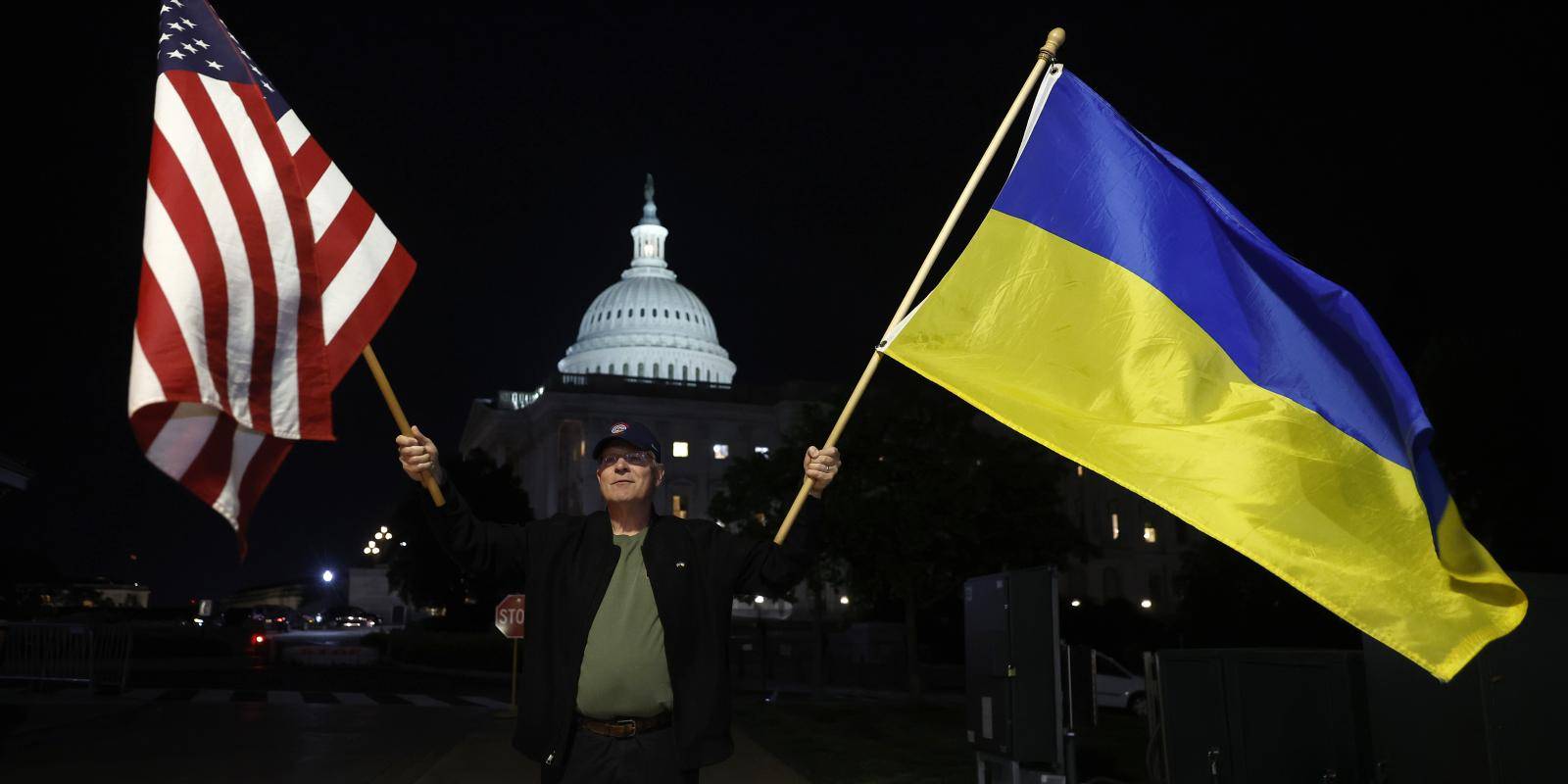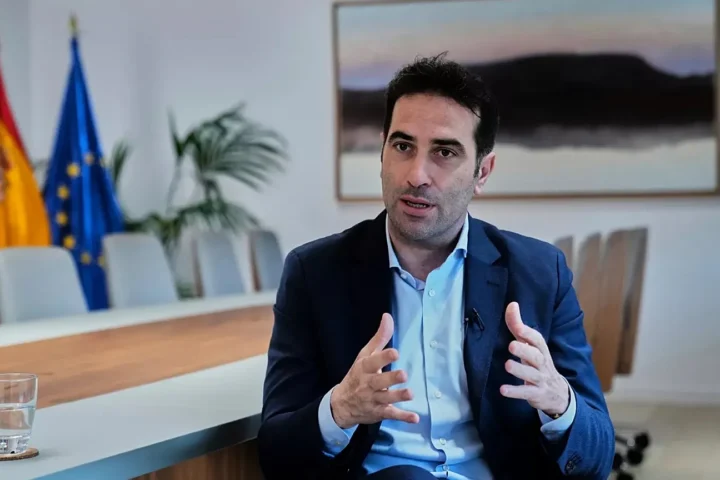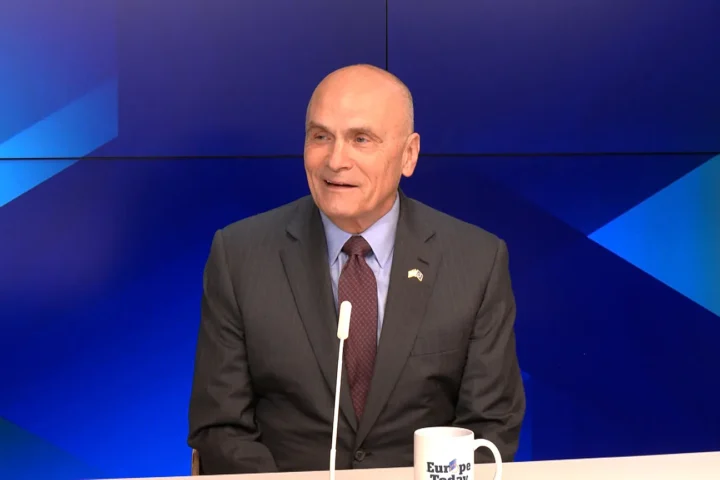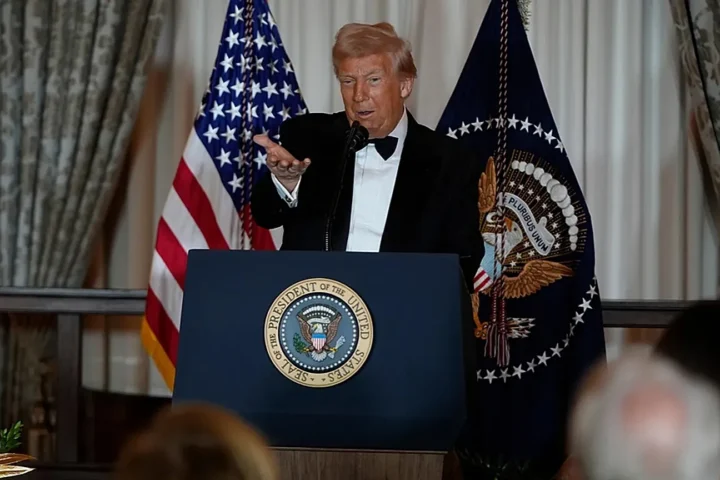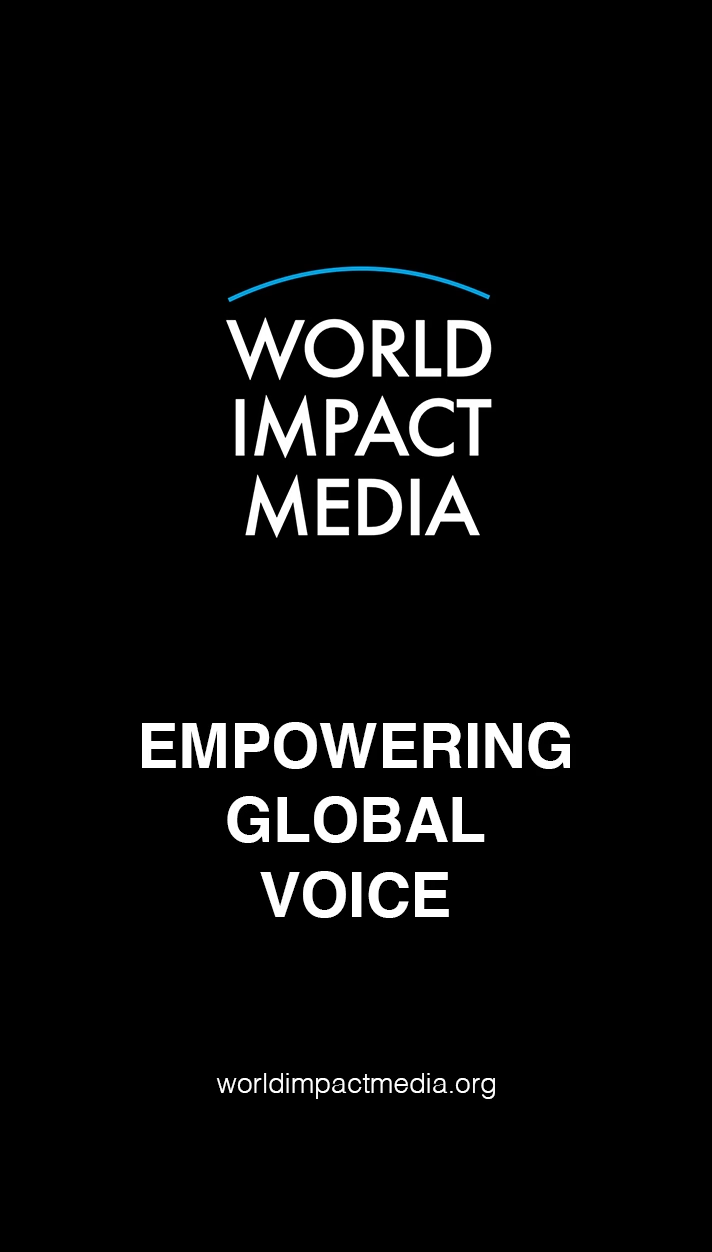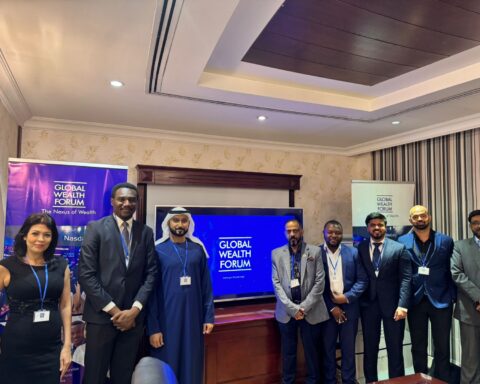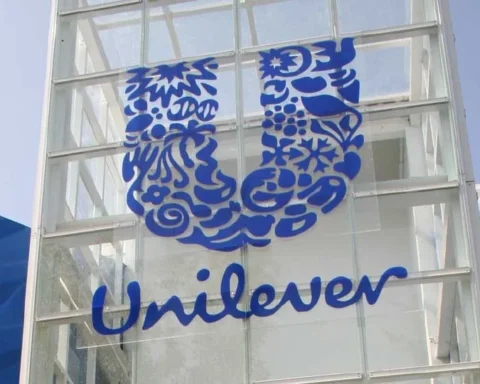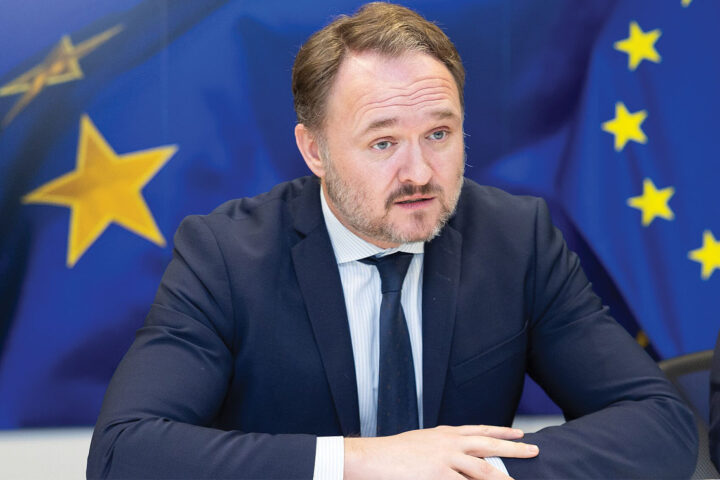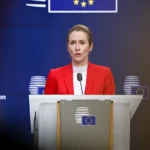As of 2025, the relationship between Ukraine and the United States is characterized by a blend of strategic cooperation, economic collaboration, and diplomatic tension.
Strategic and Military Cooperation
The United States remains a significant partner for Ukraine, providing substantial military assistance since Russia’s invasion in 2022. However, in early 2025, the U.S. temporarily suspended military aid and intelligence sharing with Ukraine following a contentious meeting between their presidents. This suspension was short-lived; after negotiations, the U.S. resumed its support, including military aid and intelligence sharing.
Despite these fluctuations, Ukraine continues to rely on U.S. assistance for its defense efforts. However, there are growing concerns within Ukraine about the consistency and reliability of U.S. support, especially in light of political shifts in Washington.
Economic Engagement: The Mineral Resources Agreement
In 2025, Ukraine and the United States signed the Ukraine–United States Mineral Resources Agreement, establishing a Reconstruction Investment Fund. Under this agreement, Ukraine commits to allocating 50% of future revenue from government-owned natural resources to the fund, while the U.S. pledges long-term financial support for Ukraine’s economic stability.
This deal is seen as a strategic move by the U.S. administration to ensure that Ukraine’s economic recovery aligns with U.S. interests, particularly in securing access to critical minerals. While beneficial for Ukraine’s reconstruction efforts, the agreement has been met with mixed reactions domestically, with some viewing it as a form of economic leverage.
Diplomatic Dynamics and Peace Efforts
The U.S. has expressed a desire to mediate peace between Ukraine and Russia. In 2025, the U.S. leadership engaged in discussions with Russian officials indicating a readiness to work toward ending the conflict. However, there has been growing impatience with the lack of progress in negotiations. U.S. officials have stated that they are willing to walk away from peace talks if meaningful progress is not made, signaling frustration with the ongoing stalemate.
Ukrainian leadership has called for a high-level meeting involving leaders from Ukraine, Russia, the United States, European Union countries, and the United Kingdom to advance efforts to end the war. Several potential host countries for such a summit have been suggested.
Public Perception and Political Climate
The relationship between Ukraine and the U.S. has been affected by political developments in both countries. In the U.S., support for Ukraine has become a polarized issue, with some advocating for a reduction in aid, while others emphasize the importance of supporting Ukraine’s sovereignty. This division has led to uncertainties about the future of U.S. assistance to Ukraine.
In Ukraine, there is cautious optimism regarding the U.S. partnership. While the country appreciates the support received, there is also recognition of the need for Ukraine to strengthen its self-reliance and seek alternative alliances to ensure long-term security and stability.
Conclusion
The U.S.-Ukraine relationship in 2025 is multifaceted, encompassing military cooperation, economic partnerships, and diplomatic negotiations. While challenges exist, both nations continue to engage with each other, navigating a complex landscape shaped by evolving political dynamics and shared interests in regional stability.
